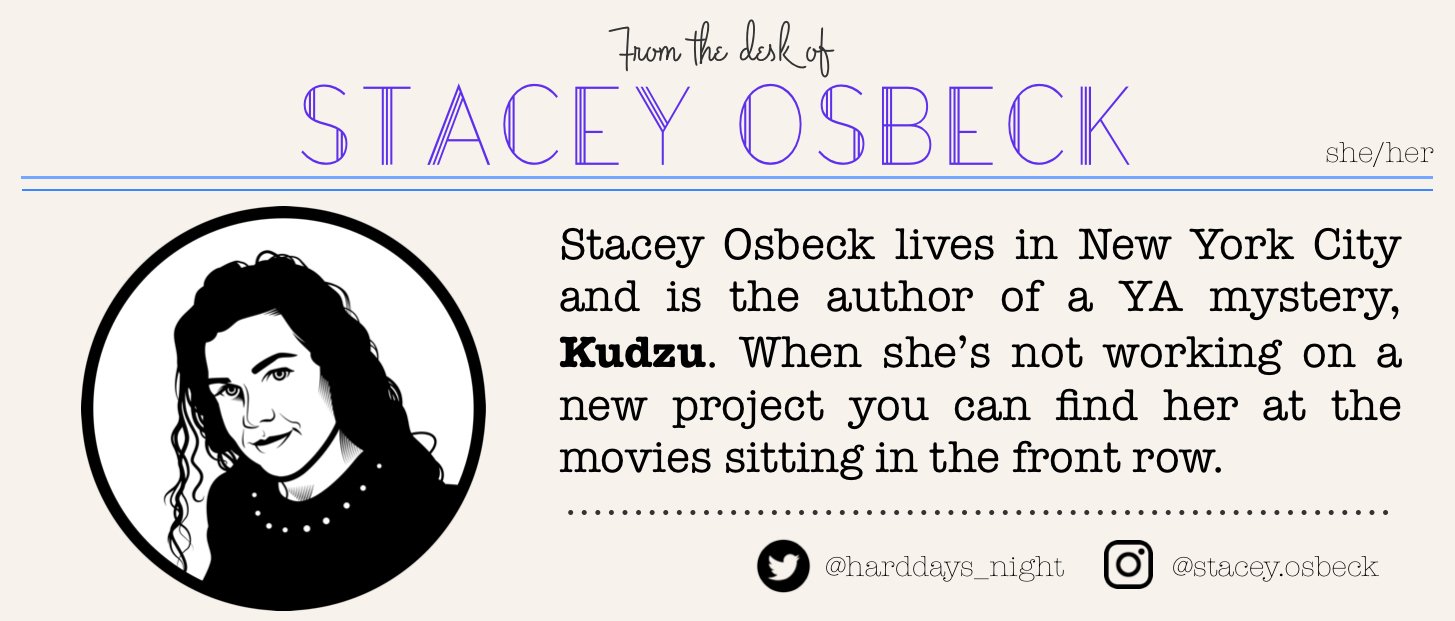CHRISTMAS IN THE MOVIES concisely covers the very best of holiday flicks
Christmas in the Movies
by Jeremy Arnold
by Stacey Osbeck, Staff Writer
Christmas is a lot like Vegas. There’s lights, musical numbers, spectacle and a feeling to look forward to. It’s a time of year practically made for the movies. This also means that over the years a great many holiday pictures have been produced and one must have discriminating tastes in such matters. When selecting a book on Christmas movies first ascertain if the film selection is legitimate. Of course, it will cover The Lion in Winter, Miracle on 34th Street and A Christmas Carol, but does it also give proper due to The Muppet Christmas Carol? Further down the Christmas movie road does it discuss The Nightmare Before Christmas, Gremlins, Die Hard? Delightfully, Jeremy Arnold’s newly updated book Christmas in the Movies explores these films and more to give a full picture of how we celebrate this spectacular holiday.
If it appears a disproportionate number of yuletide flicks play in black and white, this is not your imagination. After World War II, Christmas movies became so popular that studios produced a glut of them, to the point that in 1947 they ran theatrically throughout the year. Close to half the films chosen for this book are from the 40s. With such demand, studios had leeway to explore an array of themes like a department store Santa reviving the true spirit of the season in Miracle on 34th Street. Or the darker side of Christmas where everyone celebrates the holidays while George Bailey’s world quietly unspools in It’s a Wonderful Life.
One may think after rediscovering Zuzu’s petals year after year, there’d be nothing new to know about this picture. But great sidebars throughout the book add depth and freshness to old classics. For instance, to create snowy scenes filmmakers frequently used bleached cornflakes. This lent itself to noisy walking which became a nightmare for recording dialogue. Director Frank Capra wanted snow to blanket the whole town and also help convey shifting tones in the story. He approached the RKO special effects team, headed by Russell Shearman, to create realistic looking snow that would hold up in the Southern California heat. After multiple tries, they finally formulated a concoction which was quiet under footsteps and gave the illusion of genuine snowfall when blasted out of high pressure canisters. This innovation made such an impact on the industry, it earned Shearman and his team a Technical Award at the 1949 Oscars.
Another interesting aside lies in the carol “Have Yourself a Merry Little Christmas.” The enchanting words as Judy Garland sang them in Meet Me in St. Louis run alongside the original bleaker lyrics. ‘Have yourself a merry little Christmas. Let your heart be light,’ initially read, ‘Have yourself a merry little Christmas. It may be your last.’ It goes downhill from there, proving the lyricists were clearly going through it and that good writing is rewriting.
Before diving into the Die Hard debate—is it an action flick with some Christmas lights or does it solidly sit in the holiday movie canon—the book tackles Cash on Demand and The Silent Partner. These holiday heist films broke new genre ground so later we could all enjoy a Nakatomi Christmas.
It’s a hard feat to compile a book suitable for Christmas movie dabblers and dedicated cinephiles alike, but Christmas in the Movies pulls it off. Like other volumes produced by Turner Classic Movies, it’s a breezy read with glossy photos on almost every page. One of the ways Jeremy Arnold defines a Christmas movie is that it must have a cheerful ending and this book follows suit by leaving the reader with the warm fuzzies and ready to celebrate.


